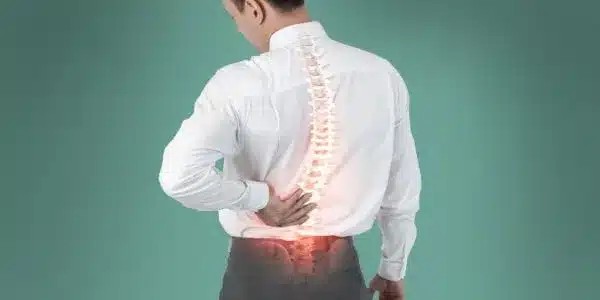Low back pain is one of the most common reasons for a doctor’s office visit or trip to the emergency department. The vast majority of causes of low back pain are musculoskeletal in origin, which means from the back muscles or bones of the spine. Conservative treatments include over-the-counter pain medications like acetaminophen or non-steroidal anti-inflammatory drugs such as ibuprofen; physical therapy; and alternative treatments like massage, acupuncture, chiropractic manipulation and osteopathic manipulative therapy. Other treatment modalities include TENS units, supportive bracing, ice or heat and epidural injections. Studies show routine imaging, such as X-rays, for back pain do not impact treatment plans or outcomes.
Contrary to popular belief, inactivity like bed rest actually worsens chronic low back pain because it causes muscle atrophy, loss of function and stiffness. Lack of exercise is also detrimental to physical conditioning, leading to fatigue and less energy. Conversely, moderate, regular exercise such as walking can relieve the pain. Routine exercise also aids in weight loss, which can also ease low back pain.
Relaxation techniques such as breathing and biofeedback can also help, especially during a spike in pain levels. Red-flag or warning signs to watch for that may indicate back pain is not routine and ordinary include trauma directly to the area; unexplained fevers; weight loss for no reason; and night sweats. Total numbness and paralysis of the legs is a reason to seek immediate medical care. Other dangerous signs and symptoms including loss of control of the bladder and bowel – either unable to hold them in or inability to go despite feelings of urgency. Morning stiffness of the back lasting more than 30 minutes is usually not normal and may indicate another disease process going on.
Surgery may be needed if conservative therapy fails. This usually requires a referral to a spine surgeon, a physician who specializes in surgeries and procedures of the spine. Many people are born with a tight and narrow spinal canal, called spinal stenosis. In these cases, patients may have many family members with back problems. Symptoms may manifest as people get older, or after a traumatic event like a car accident or fall. It can be very painful for people to walk distances or just stay in one position, either sitting or standing, for a long time. Many of these patients will have hip pain but have nothing wrong seen on X-ray images, because it is referred pain from the back.
Another very common cause of low back pain is a bulging disc. If the bulging disc pinches a nerve coming out of the back, it can cause weakness and shooting, electric pains down the leg. This can even lead to atrophy of leg and foot muscles.
Due to the current opioid addiction crisis, prescription pain medications and muscle relaxers must be used cautiously and judiciously because of their habit-forming potential.
